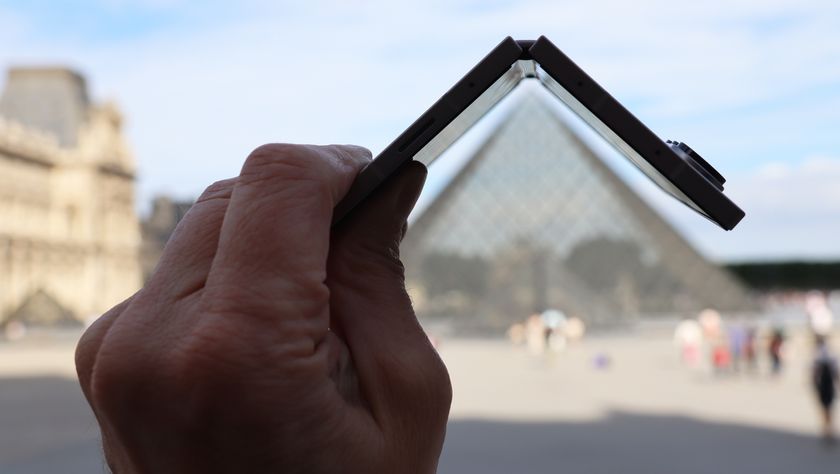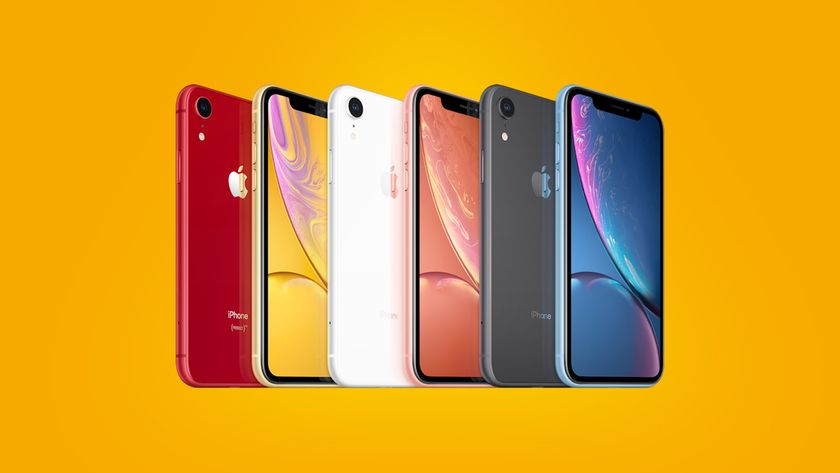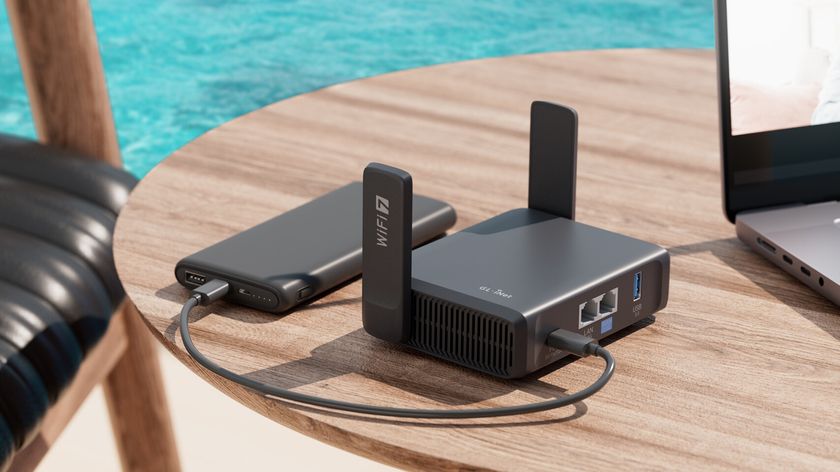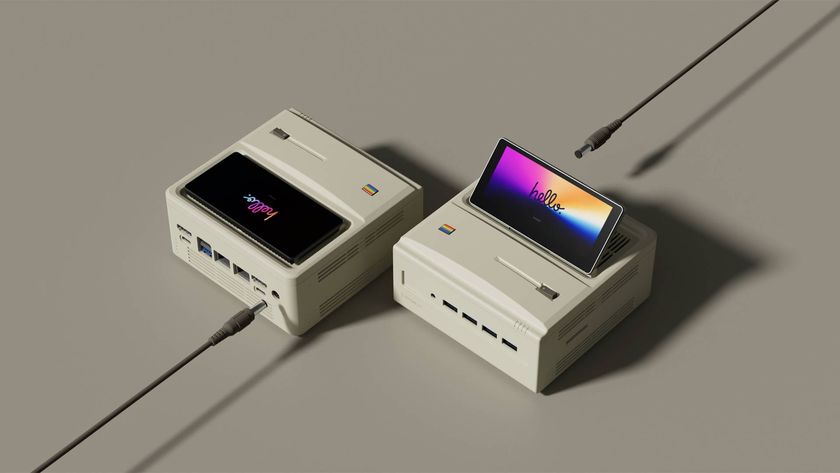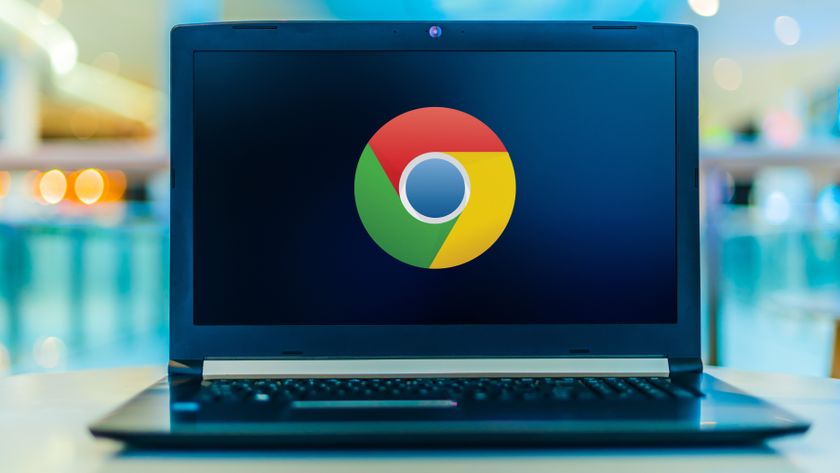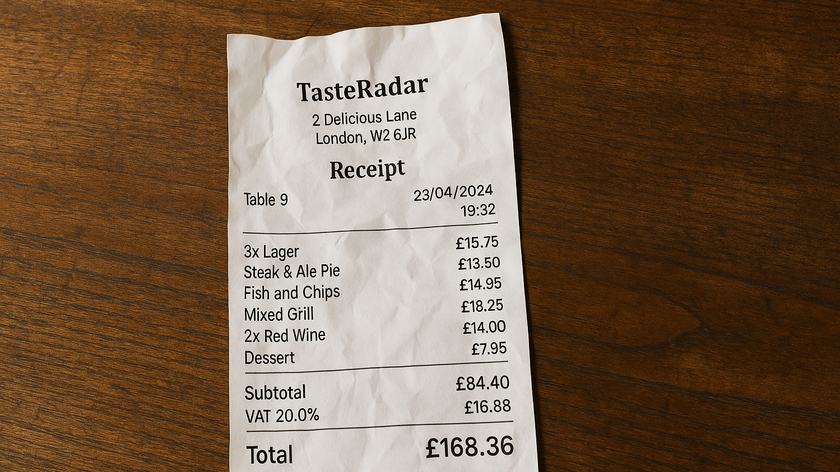Refresh rates on phones: how does it impact your smartphone experience?
All about the fluid experience
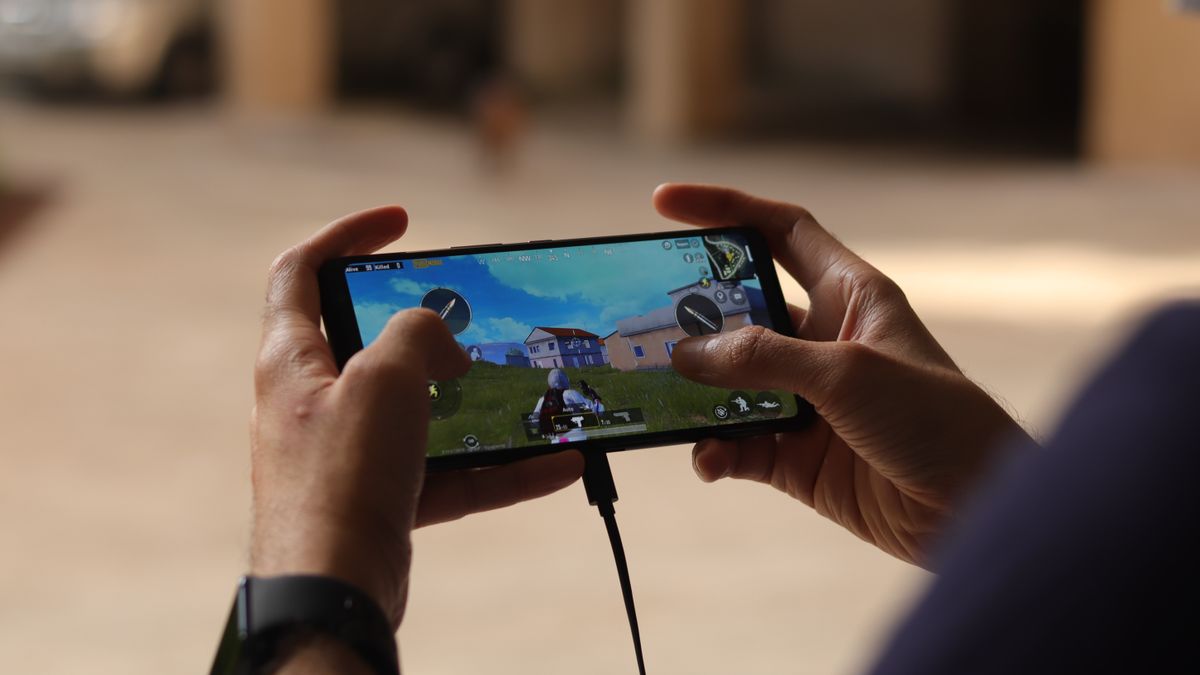
Smartphone companies are always looking for ways to make their devices stand out, whether it's through more RAM, new camera features, or - as we've started seeing in recent years - higher refresh rates.
While not so long ago every phone had a 60Hz refresh rate, now almost every flagship and many mid-rangers have a higher refresh rate than that, and for those that don't it can be seen as a mark against them.
But what exactly is refresh rate? And what are the benefits of a higher one? Below we'll break down exactly what refresh rate is, what it does, and why you might (or even might not) want your device to have a high one.
- The best gaming phones tend to have very high refresh rates
What is refresh rate on a mobile display?
- Defines the number of times the screen is refreshed in a second
- It's counted in Hertz (Hz)
- A higher refresh rate leads to a more fluid experience
Refresh rate basically defines how many times the display of your phone refreshes or updates every second, with the refresh rate being counted in Hertz (Hz).
All smartphone displays come with at least a 60Hz refresh rate, meaning that the display will update 60 times in a second. This is the standard and used to be the only refresh rate used. However, smartphones with 90Hz, 120Hz and even 144Hz refresh rates are now available.
A higher refresh rate then makes content feel smoother. You could imagine that if you're scrolling a web page or playing a game and the screen only refreshed a few times a second it would feel juddery.
At the standard 60Hz there's not really a noticeable judder, but going higher still results in a perceivable improvement in smoothness, particularly in things with lots of motion like games, or when rapidly scrolling menus.
Get daily insight, inspiration and deals in your inbox
Sign up for breaking news, reviews, opinion, top tech deals, and more.
Note that refresh rate (how many times the screen refreshes per second) is distinct from frame rate (how many different frames or images can be sent to your display per second), but the two can work hand in hand. Indeed, ideally the two should be in sync in games - you're not going to get the full benefits of a super-high frame rate in games if you don't have a refresh rate to match, and vice versa.
On the whole though, higher is better for refresh rates, which is why we're seeing so many phones pushing way above 60Hz.
But like almost everything in technology, there is a caveat. A display with a higher refresh rate will consume more battery as well. Hence, to solve the battery consumption issue, brands have introduced smartphones with variable refresh rates, which we'll explain below.
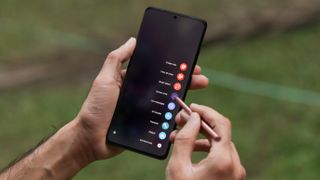
Variable refresh rate
- A refresh rate that changes according to your needs
- More battery-efficient
Now that we know that having your smartphone display refreshing a higher number of times every second may be tougher on your phone's battery, a way out was required to ensure that users get the best of both worlds. That solution is called variable refresh rate (or sometimes referred to as VRR or adaptive refresh rate).
Your display doesn’t need to refresh aggressively if you’re looking at a still image or reading an ebook for example, as nothing's changing on the screen most of the time.
Hence, on some handsets the chipset is capable of automatically adjusting the refresh rate based on the kind of content being consumed, thereby saving battery life (since you won't always be using the highest refresh rate) without any real downsides.
And a variable refresh rate doesn't have to bottom out at 60Hz either. The Samsung Galaxy S21 Ultra for example has a variable refresh rate of up to 120Hz, however, when those highs aren't needed the refresh rate can get as low as 10Hz per second.
It's worth noting though that at the time of writing you usually only find variable refresh rates in high-end phones. More affordable ones tend to be locked into a specific refresh rate, whether that's 60Hz, 90Hz, 120Hz, or higher.

Does a higher refresh rate guarantee a better experience?
- A lot goes into defining a great experience
- Panel quality and touch sampling rate also matter
Any display with a refresh rate higher than 60Hz should feel better to interact with. The experience is bound to be fluid and buttery-smooth. However, like any puzzle, it needs all other pieces to fall in place to offer a better overall user experience.
When it comes to a higher refresh rate, battery consumption is a major issue, though a variable refresh rate is a viable solution. However, an improper implementation may kill the experience rather than being a useful feature - in other words, the phone needs to correctly identify when to raise or lower the refresh rate.
Beyond that, there are also other factors that affect the experience of interacting with a phone - the display type (LCD or OLED), the chipset, the RAM, and more. So a high - and especially variable - refresh rate is desirable, but not necessarily at the expense of other things that can affect how a display looks or feels to interact with.
And while we're at it, let's also talk about an important aspect that determines how quickly the display can sense touch input. This is called touch sampling rate or touch refresh rate, and can be defined as the number of times a touchscreen panel looks for a touch input per second. As with refresh rate, touch sampling rate is also measured in Hz.
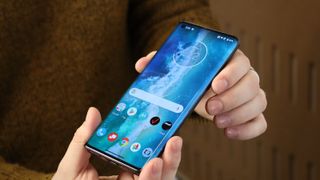
Refresh rate vs touch sampling rate
- Touch sampling rate defines how quickly the touch response is registered
- The higher the better
Often people get confused between refresh rate and touch sampling rate, probably because of clever marketing by brands. While refresh rate is about refreshing the content on the screen, touch sampling is about how quickly a touch of the screen is registered by the display.
When playing games, higher touch sampling is as important as a higher refresh rate. Just imagine a scenario where you’re playing a game on your phone and you're just one kill away from the win, but you keep tapping the shoot button and it doesn’t register the press instantly because the touch sampling rate is too low.
So rather than being the winner, you may end up on the losing side. That's how important a higher touch sampling rate could be for a gamer.
So for both refresh rate and touch sampling rate, it's safe to say that higher the number, the better the experience and the less there's a perception of lag or jerkiness.
Further, a smartphone with a 120Hz (or higher) refresh rate and a 240Hz (or higher) touch sampling rate would be ideal for gaming. As that would mean that the screen is offering a visually fluid experience while the higher sampling rate would result in an incredibly fast response to inputs.
That's why the Asus ROG Phone 3 - a phone built for gamers - for example has a 144Hz refresh rate and a 270Hz touch sampling rate, helping it rank among the best gaming smartphones ever.
- Many of the best smartphones have a high refresh rate
Jitendra has been working in the Internet Industry for the last 7 years now and has written about a wide range of topics including gadgets, smartphones, reviews, games, software, apps, deep tech, AI, and consumer electronics.

